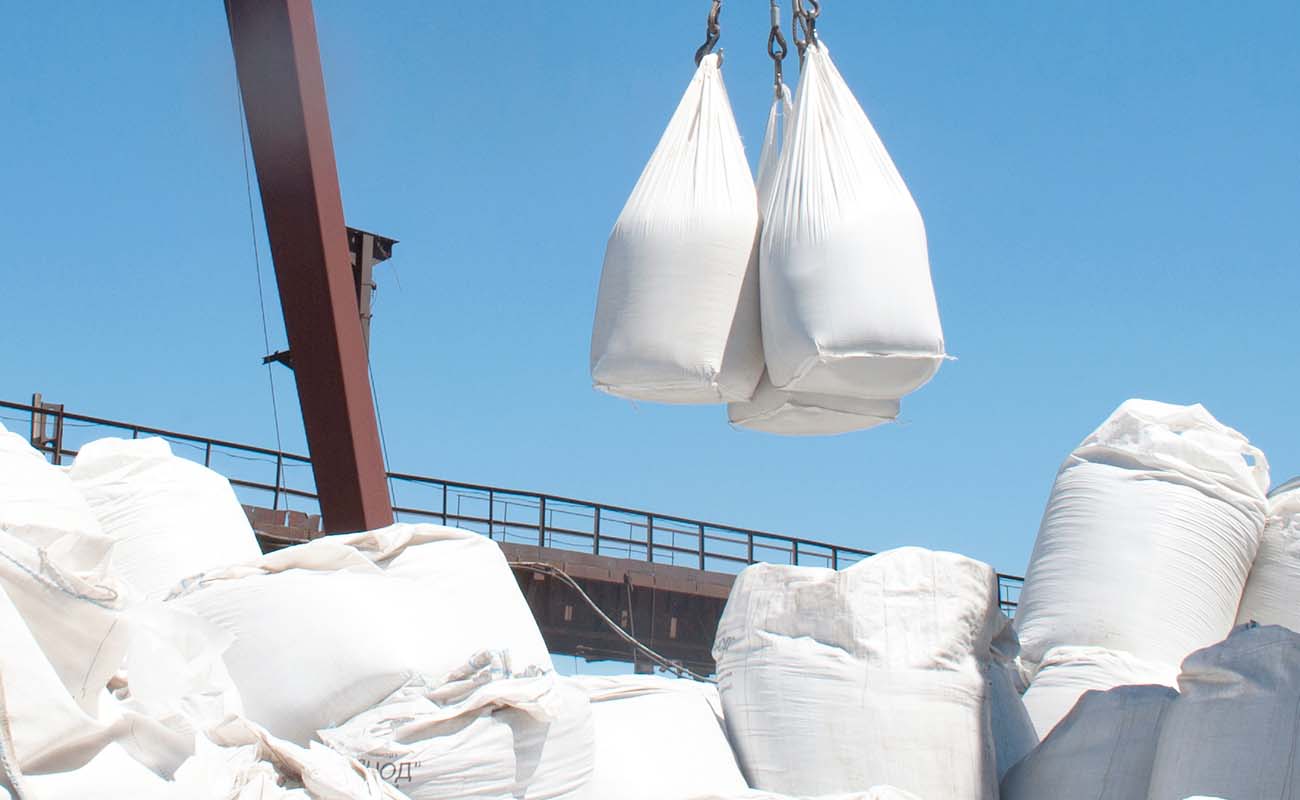Safety Precautions While Transporting FIBC Bags : Safe FIBC Handling Guidelines
When using FIBCs for storing or transporting goods, you need to be extremely cautious about following the FIBC guidelines set forth by the manufacturer, supplier, and Flexible Intermediate Bulk Container Association (FIBCA). Following the guidelines will help you prevent accidents and keep the goods safe. Here we discuss the safe FIBC handling guidelines that are highly recommended when moving FIBCs using forklifts, hoists, or cranes.
- The Equipment Should Not Be Damaged
The foremost requirement is to ensure any equipment used in the process is not damaged. The FIBC bags should not be damaged because if there is even a slight damage, the contents can spill out. This could result in the loss of goods and could also be potentially harmful especially when you are lifting the bulk bag to a height. Besides, the forklift, the crane or the hoist that you may be using should be well-maintained. You should ensure that these are serviced on a regular basis so any possibility of them breaking down mid-move is avoided.
- Ensure the Equipment is Suitable
The equipment you are using should be apt for the job. It should be able to efficiently lift the weight of the filled bags that you would be attempting to lift. Also, make sure to check that the forklift or the crane does not have sharp edges or tines that could impact the FIBC material.
- Well-Trained Personnel
People operating the forklift, the crane, or the hoist should have the necessary training for the job. They should have the relevant certifications and must wear safety clothing. They should be trained to raise and lower the bag smoothly and follow the suppliers and manufacturer’s instructions.
- The Site Should Be Clear of the People
When the FIBCs are being lifting, there should not be other personnel at the site apart from the operator. This helps the operator to concentrate on the job without distractions. Also, if for some reason the bag splits, the falling contents would not harm anyone.
- Ensure Proper Use of Loops and Sleeves
All FIBCs come with loops and sleeves at strategic places that are best suited for lifting the bag. While lifting the FIBC, do ensure that the forklift tines are set at the right distance for the bag being lifted. In case the bulk bag is required to be placed on a pallet, make sure the pallet is of appropriate size and is robust enough to support the weight it is slated to carry.
- Set the Forklift Correctly
When using a forklift for moving FIBC, make sure to keep it static prior to the beginning of the lifting process. The lift is also required to be smooth and steady. The bulk bag is needed to be held close to the mast and at a safe angle.
Follow these simple FIBC guidelines to ensure the safety of the equipment, operating personnel, and the content of the FIBC bags. At Rishi FIBC, we offer to explain safe FIBC handling guidelines to our clients to ensure smooth logistics operations.







